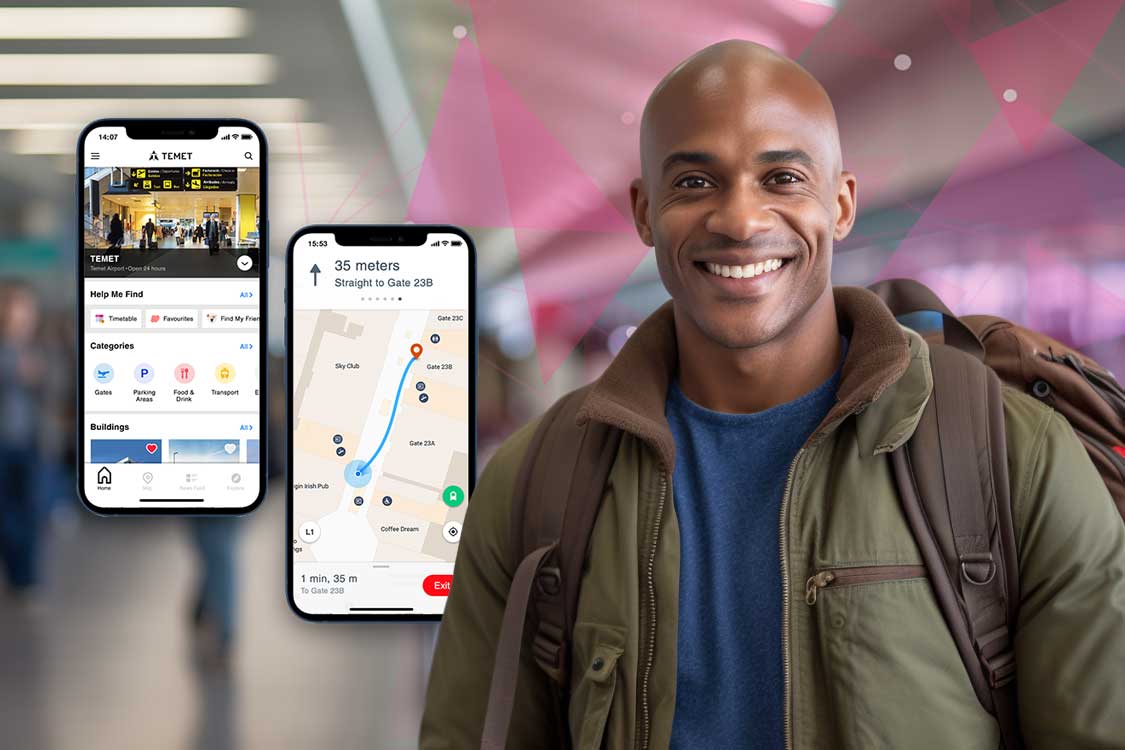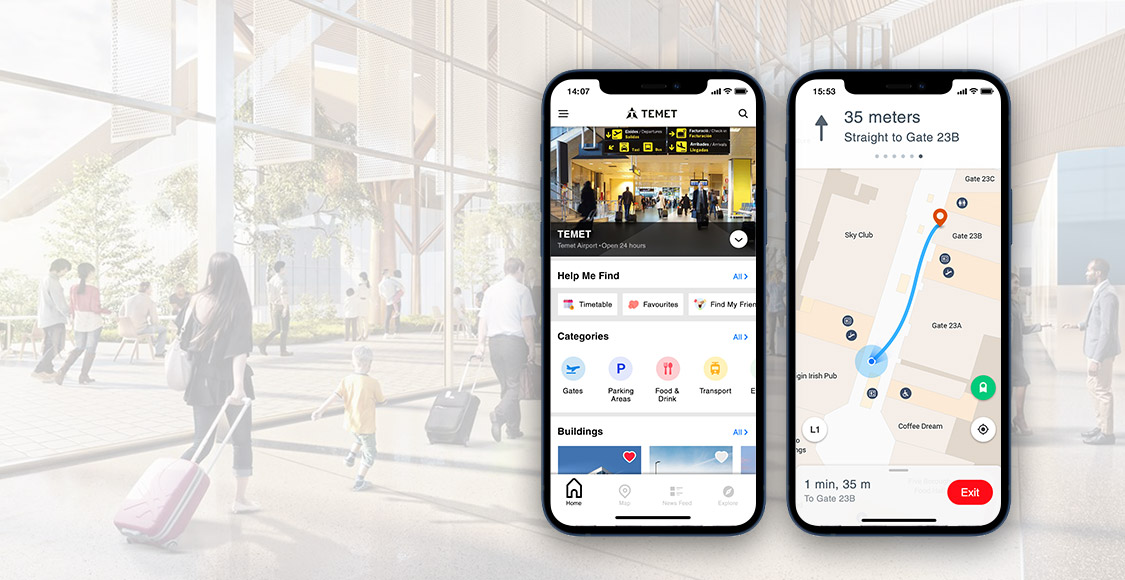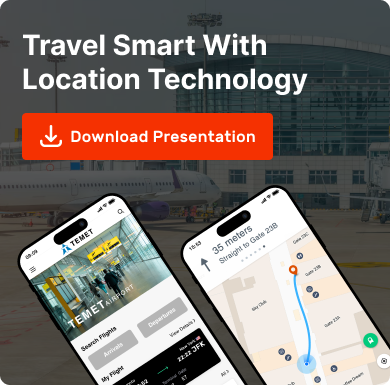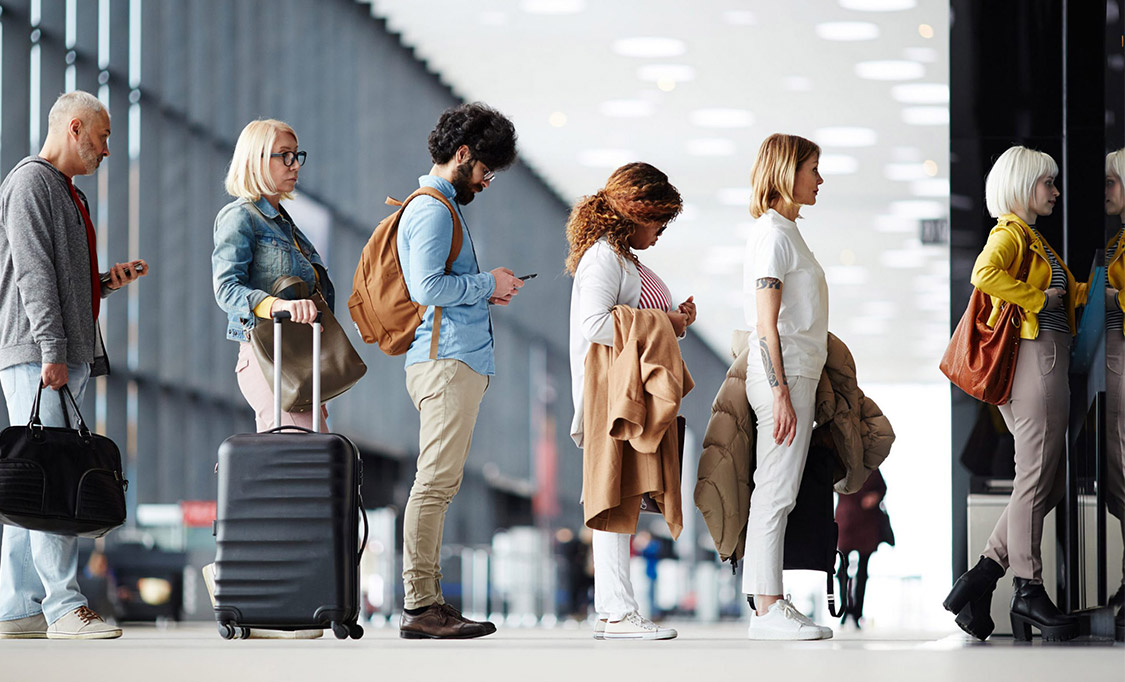Transportation Hubs

If you’ve been following our blogs lately, you should have realized millennials are different. They live differently, buy differently and use technology differently. The millennial generation is the largest and most powerful generation since the baby boomers. They have already revolutionized several industries and they’re still not done. The airline industry is the next sector millennials are trying to revolutionize. They are creating next generation airports.
Why Airports Need to Cater to Millennials

Millennials form the core group of current travellers. Ranging from 23-38 years old, they have come of age and now form a powerful group. Since the world’s largest generation is now ready to spend money and travel, airports must be able to serve their needs.
According to the International Air Transport Association (IATA):
Passenger demand will almost double from 2016 to 2036. The IATA expects 7.2 billion air travelers in 2035 compared to only 3.8 billion in 2016.


According to the International Air Transport Association (IATA):
Passenger demand will almost double from 2016 to 2036. The IATA expects 7.2 billion air travelers in 2035 compared to only 3.8 billion in 2016.
Based on our calculations, this means 3.4 billion more travellers will fly in an industry active for more than 50 years. The next few years won’t just bring growth to the airline industry, they’ll bring a completely new generation as well.
This generation demands two things: connectivity and convenience.
Connectivity

In today’s society, connectivity has turned into a basic human need. The millennial generation stands out from previous generations in many ways. The most obvious is their use of technology. Growing up with Wi-Fi and a smartphone in their pockets, millennials have always had instant access to all the information they need and more. They crave connectivity. Additionally, whether it be through social media, texting, or iMessaging, millennials are always within a few buttons of each other.
According to a study done by Barkley Inc, some even say the millennial generation considers digital connectivity as vital as any other basic human need, such as food or shelter.
While traditional basic needs such as food and drinks are usually easily accessible, airports often fail to provide a free and stable Wi-Fi connection. A study by Speedtest, showed while some airports offer passengers high-speed connection, air travellers in many other airports have to settle for speeds that “were slower than any Wi-Fi we [Speedtest] saw in Africa.”
Convenience

Part of the reason millennials crave connectivity is to communicate with each other. Despite the slow Wi-Fi, airports often have their own mobile apps. But do they use them to their full potential? Considering Wi-Fi speeds, probably not. Furthermore, millennials expect to be able to use mobile technology in every aspect of their lives; they buy, research, pay, talk, and use social media all on their mobile devices. The convenience of the cell phone is crucial to millennials. Mapsted’s technology doesn’t require internet connectivity to work. It allows passengers to stay connected and up to date, even with the slow airport Wi-Fi. Actually, airports don’t even need Wi-Fi at all to run Mapsted’s location-based technology.
Long layovers can be stressful and tiresome, especially if travellers don’t know their way around the airport.
Where to find the souvenir shop? Which restaurant is recommended and where is it located? What’s the fastest way to get to a changed gate? All of these questions can easily be answered within airport apps using Mapsted’s indoor navigation technology. There’s nothing more convenient for a traveller than having the answers to all those questions right in the palms of their hands.
For airports to adapt to the next generation of travellers, they must keep millennials connected and provide access to convenient travel tools. According to Skift, airports will become, “a place people want to be, rather than where they go for transportation.” So, even though this transformation will probably take a few more years to complete, airports will ultimately become a community with a town-square feeling to cater to the next generation of travellers.
Ready? To create a next generation airport using Mapsted location technology contact us today!
If you enjoyed this read, you may wish to check out these blogs as well: Dynamic Mapping – Reasons Why Your Business Needs a Dynamic Map and Facility Management Technology Trends in 2024.
Frequently Asked Questions
Q: What is millennial travel?
A: If you’re a millennial or someone born between 1980 and 1999, you’re likely to spend more money on travel. This phenomenon has sparked research into why millennials are a traveling lot and why they make up the bulk of air travelers.
Q: What do millennials expect from travel?
A: The majority of millennials travel to escape their daily routines, 50% travel to visit friends and family, 34% travel to fulfill romantic vacations, 34% travel to check off their bucket lists, and 23% travel to meet like-minded people.
Q: Which generation has the highest number of travellers?
A: Millennials or Gen Y make up the majority of the traveling population. Millennials who travel extensively range in age from 25 to 40 years. They travel up to 35 times per year on average.
Q: How much do millennials spend on their travels?
A: According to travel industry statistics, 33% of millennials spend more than $5,000 on vacations. Aside from being a traveling population, their average vacation spending, minus airfare, in summer hovered around $1373.
Q: Why do millennials travel extensively?
A: Travel is a priority for Generation Z or millennials, who take up to five major trips per year, three of which are international.
